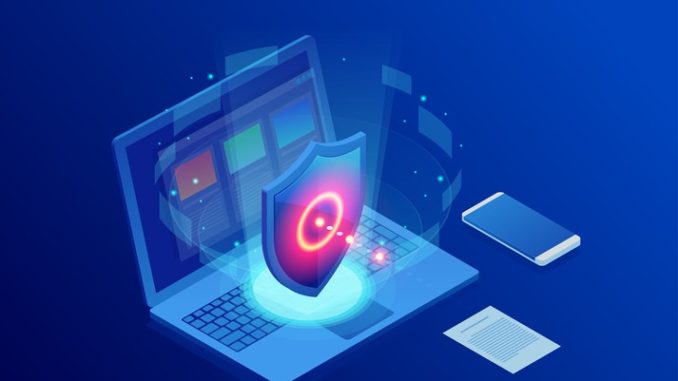
A former police officer with more than 35 years of high-level safeguarding experience, director of safeguarding services Mike Glanville explains how schools can leverage technology to reduce pressures on safeguarding leads and improve outcomes by identifying and addressing concerns at the earliest possible opportunity
Whether you’re new to working in a school, or a seasoned veteran, there’s one mantra to keep in mind now that the school year is well underway – safeguarding is everyone’s responsibility.
Safeguarding is the most fundamental responsibility schools have. Designated safeguarding leads (DSLs), or designated senior persons (DSPs) in Wales, are under significant pressure to ensure schools are not just meeting their statutory responsibilities but, more importantly, keeping the children in their care safe. Statutory guidance in both England and Wales stresses the importance of the role of the safeguarding lead and the need to ensure that they have the time, funding, supervision and support to do their job effectively.
Safeguarding isn’t just about policies and procedures – it’s about creating a culture of vigilance in which everyone involved feels empowered to flag a concern. Technology helps to remove potential barriers to reporting concerns by making it a more efficient process when compared with paper-based systems. It also ensures that issues needing early intervention are more likely to be identified at an earlier stage as the safeguarding lead is in a much better position to see the big picture.
Gone are the days of spending hours and hours a week filling out paper forms and spreadsheets and triangulating areas of concern between different members of staff. Technological innovations have completely revolutionised the management and effectiveness of safeguarding in recent years – not only saving significant time and money in terms of resource, but also making it easier to track concerns around a child and identify crucial actions and interventions that can make all the difference.
A comprehensive safeguarding technology system helps to keep pupils at the centre of the process. It makes it easier to triage concerns, and gives senior leaders and DSLs better visibility of any issues by tracking the pupil’s full history in order to aid decision-making. It is important that the system used is easily and efficiently accessible to teachers and all school staff. Having the system as an app, so that staff can access it via their mobile devices to log concerns when and where they arise, is important; whether that’s in the classroom, on a school journey or in the playground, this means that, at the end of a long day, staff who have that nagging feeling in the back of their mind can log it from home. It is so important to be able to capture it while it’s as fresh as possible.
The ability to track concerns securely, instantly and comprehensively, with technology at your fingertips, means lives can be changed and saved because safeguarding leads are able to spot patterns and trends more easily.
Always trust your judgment – if it doesn’t feel right, flag it. If no change for the better is happening for the child, escalate it. We should be taking advantage of every innovation possible to make a difference for the children who need it most.
Don’t forget to follow us on Twitter, like us on Facebook, or connect with us on LinkedIn!

Be the first to comment